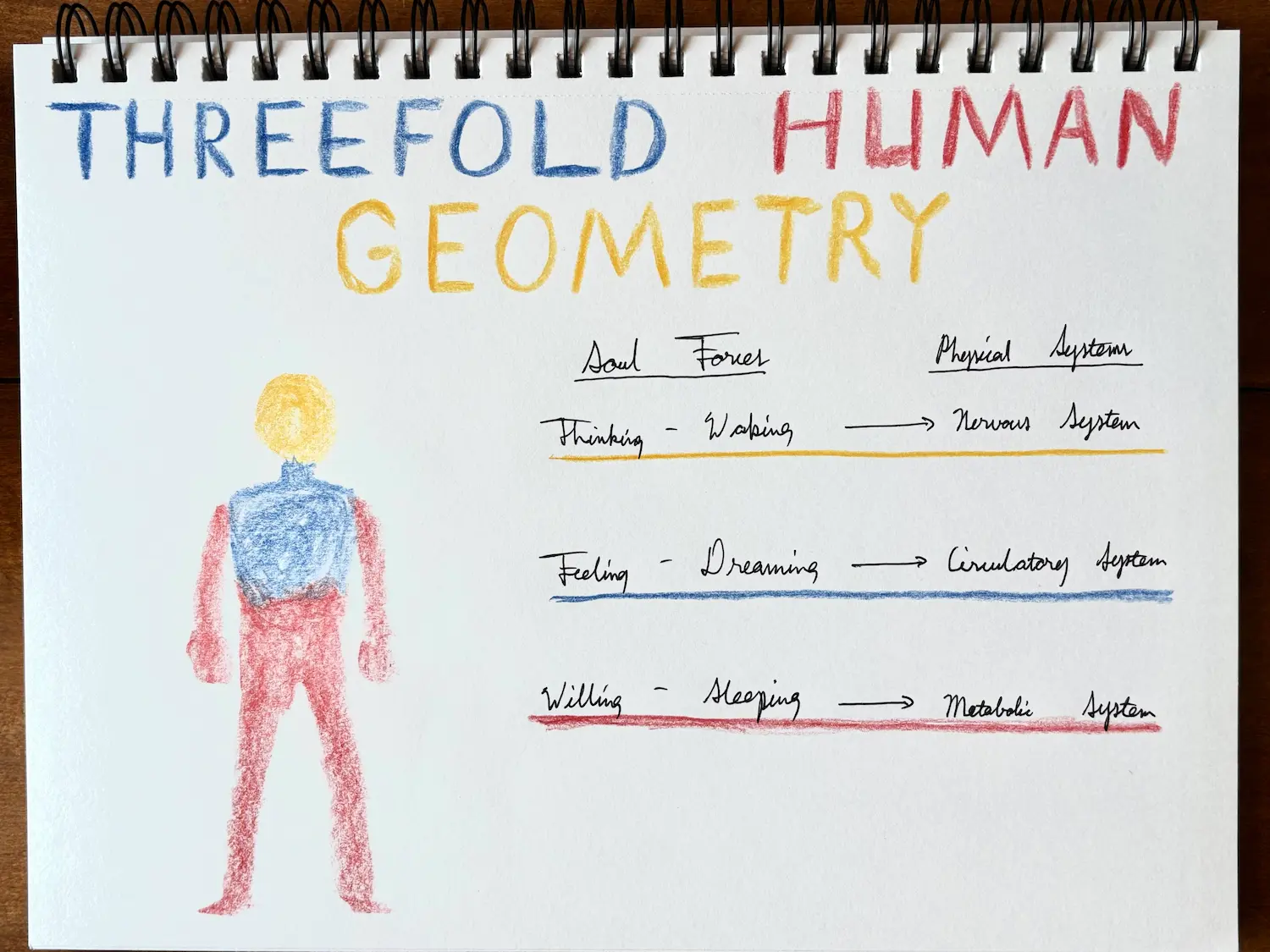Whatever your worldview, nobody can deny the ubiquitous impact of modern science on our culture. Through it, we have come to cure diseases, master the art of transportation, and produce goods faster and cheaper than ever before, among other benefits. Some people even hail science as the great expression of human achievement.
Yet, we have fashioned this modern science, many would argue, into a soulless and destructively craft. One need only read the news today to find support for this assertion. In this post, therefore, we will argue for teaching an artistic science to students as a path back to both truth and wholeness. Rudolf Steiner, the initiator of Waldorf Education, would agree. He taught that a fragmented science was a reflection of a fragmented society and led naturally to a deadening materialism. Dr. Steiner wasn’t against materialism, he just argued that it’s one part of the iceberg – the tip, in fact – and that there is so much more to reality that merely what the senses perceive. This “more to reality,” Steiner would say, can only be apprehended through an artistic approach to science.
What is Artistic Science?
Creating our 7th Grade Human Physiology Block got me thinking about this topic. Inspired by Goethe’s artistic approach, Waldorf science teaching evolves out of science’s reunion with art. You could say it’s the reunification of beauty and truth. In other words, to look at a plant or a human being (or any other phenomenon) empirically AND artistically allows the viewer to grasp a whole picture of it. An artistic science allows us to see each phenomenon within the wholeness of the world that gives rise to it.
It makes a practical difference for things like medical treatment, for example. If you know the body is one organism, wouldn’t you seek treatments that harmonize with this whole organism rather than, say, poisoning the liver to treat the kidneys? This is just one example, but I think you get the drift.
Some Examples of Artistic Science
Now, consider the following facts. Human blood is red and plant chlorophyll is green. Is this an accident or an intelligent design? Consider the function of each in relation to the other. We breathe out what plants breath in and vice versa in an indivisibly symbiotic relationship. Is it any wonder, then, that the respective substances that carry human and plant life exist as complementary colors? Just let that sink in for a minute. Does that blow your mind as it does mine? It’s almost as if nature said to herself, “I’m not just going to create this system to work well, I’m going to create it beautifully.” Beauty and truth come together, it seems.
Consider another set of facts. Your skull houses your brain, which is the center of your nervous system and thinking. The skull is completely enclosed, allowing your brain to function in seclusion. Your ribcage houses your heart and lungs, which are the centers of your circulatory system and feeling capacity. Your fleshy belly, but contrast, houses your metabolic organs, which are the centers of digestion and the will.
Now, consider this. Thinking withdraws from the world in order to clearly observe and understand it like a scientist in his lab. In distinction, feeling relates with the world simultaneously requiring both boundary and openness. Imagine here a diplomat negotiating a delicate peace treaty. She needs both give and take. Finally, willing grabs the world directly like a farmer who works a field. Is it any wonder how this human body is perfectly designed to support these three soul functions and the physiological systems that bear them? Yet, you won’t read any of that in a mainstream middle school textbook. What has the body to do with the soul anyway?
Why an Artistic Science Matters
Science rules a great deal of modern culture. It occupies the space once occupied by the Catholic Church during the Middle Ages. We can’t escape it. It’s what we hear when we go to the doctor, study at university, or open a current magazine. It has become one of the primary ways people seek truth.
Yet, look at all a fragmented, ultra-specialized, purely materialistic science has achieved in the world. Never before have we wielded such great power to save or destroy the planet. Likewise, never before has society polarized itself into such angry political, racial, religious, cultural, and ethnic tribes. Believe it or not, we can trace all of this back to how we teach our children.
It’s not just what we teach that matters but the process by which we teach it. Yes, the children need to learn science, but when we teach it in such a fragmented, specialized, materialistic way, we subtly shape their consciousness in the same way. If I were the enemy of humanity, I would made sure all teacher taught by facts and figures, charts and graphs, so their souls would become hollowed out like trees by an invasive fungus. On other hand, if I wanted humanity to overcome its current maladies, I would have teachers start with the whole and then move to the parts. Then, they will then seek for this wholeness again after the rebellious revolution of their teen years are over. That can only lead to a society seeking wholeness, not division. Isn’t that what we all want? And, it begins with an artistic science.


Leave a Reply
You must be logged in to post a comment.